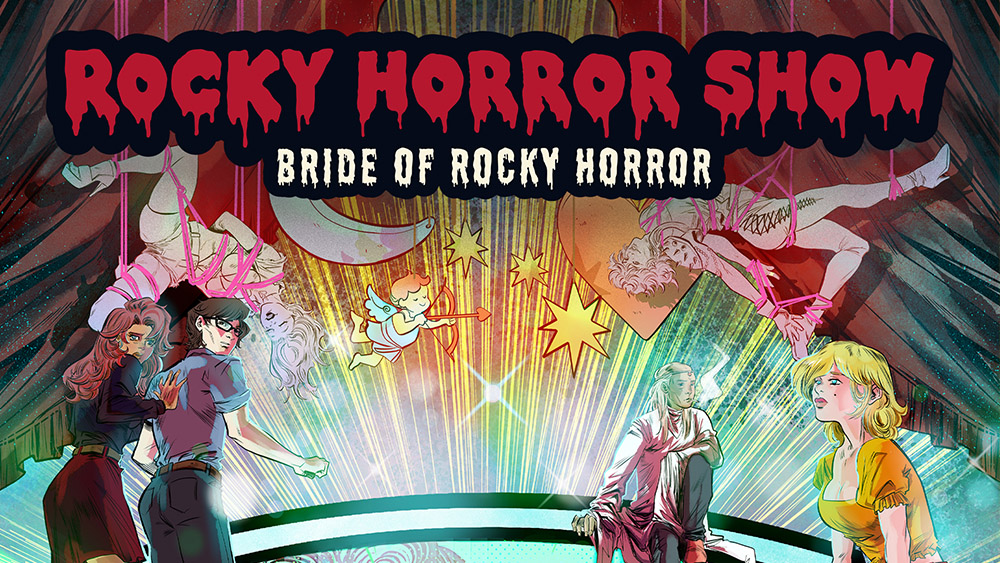15 web design secrets from the world's biggest brands
Design tips from the likes of Facebook, Google, Buzzfeed and Netflix.
09. Rethink critique
Kurt Varner, Dropbox
"Design critique. Such a loaded term, and one that is filled with nuance and sits differently in the mind of almost every designer. At Dropbox, we recently revamped our feedback process to align expectations and increase its effectiveness. While seemingly obvious, each piece was thoughtfully crafted to meet the needs of our team.

"First, we’ve relabelled them ‘design sessions’ to remove negative connotations. We problem-solve together to increase idea generation and reduce the expectation that a single designer can create the perfect solution. We don’t anchor things to a TV: designers use printed flows, Post-Its, sketches, whiteboarding and so on.
"There are three one-hour sessions per week, and this helps to keep the time between feedback loops short. We also keep the team size small, inviting only the people with the right context, and ensure there’s a low barrier to entry – no presentation needed – to encourage feedback early and often."
10. Focus on feedback
Alexander Mayes, Facebook
"For me, the single most important part about being a designer in any design process is knowing how to give and receive feedback. Yeah, yeah, in my head I say it too – ‘That’s so clichéd, we get it: Pick your battles, have thick skin, don’t be attached to your work…’ But even at a place like Instagram and Facebook, it’s something that is valued above most things.
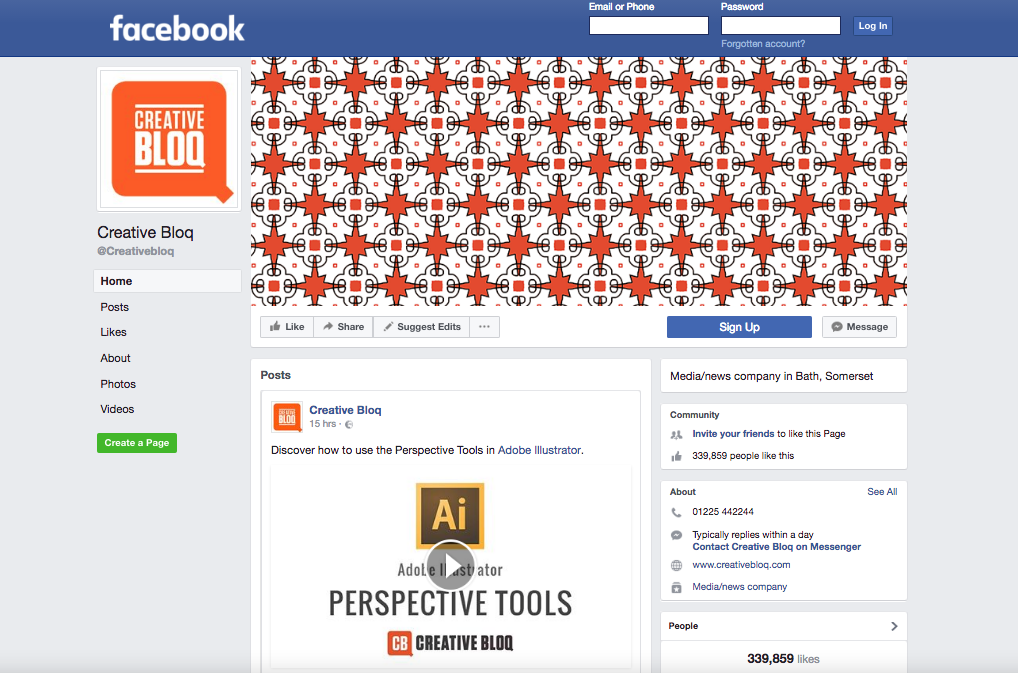
"It’s something that is so ingrained in our design process that there’s literally no way to not be excellent at it. To move ahead you have to be great with relationships and there’s nothing more challenging to your relationships, as a designer than your ability to give and receive feedback. Honestly, it’s something that – even after typing all that – I can say I still struggle with at times."
Daily design news, reviews, how-tos and more, as picked by the editors.
11. Know your customers
Randy Hunt, Etsy
"It’s not about you; it’s about someone else. Call them user, customer, prospect, audience, or simply person. When they are similar to you, it’s reasonable to think it’s about you. Either you’re wrong, or you’re right but won’t continue to be as your audience grows. If you don’t know who ‘they’ are, what their motivations are, and what’s important to them, what are you doing to learn and continue learning?"
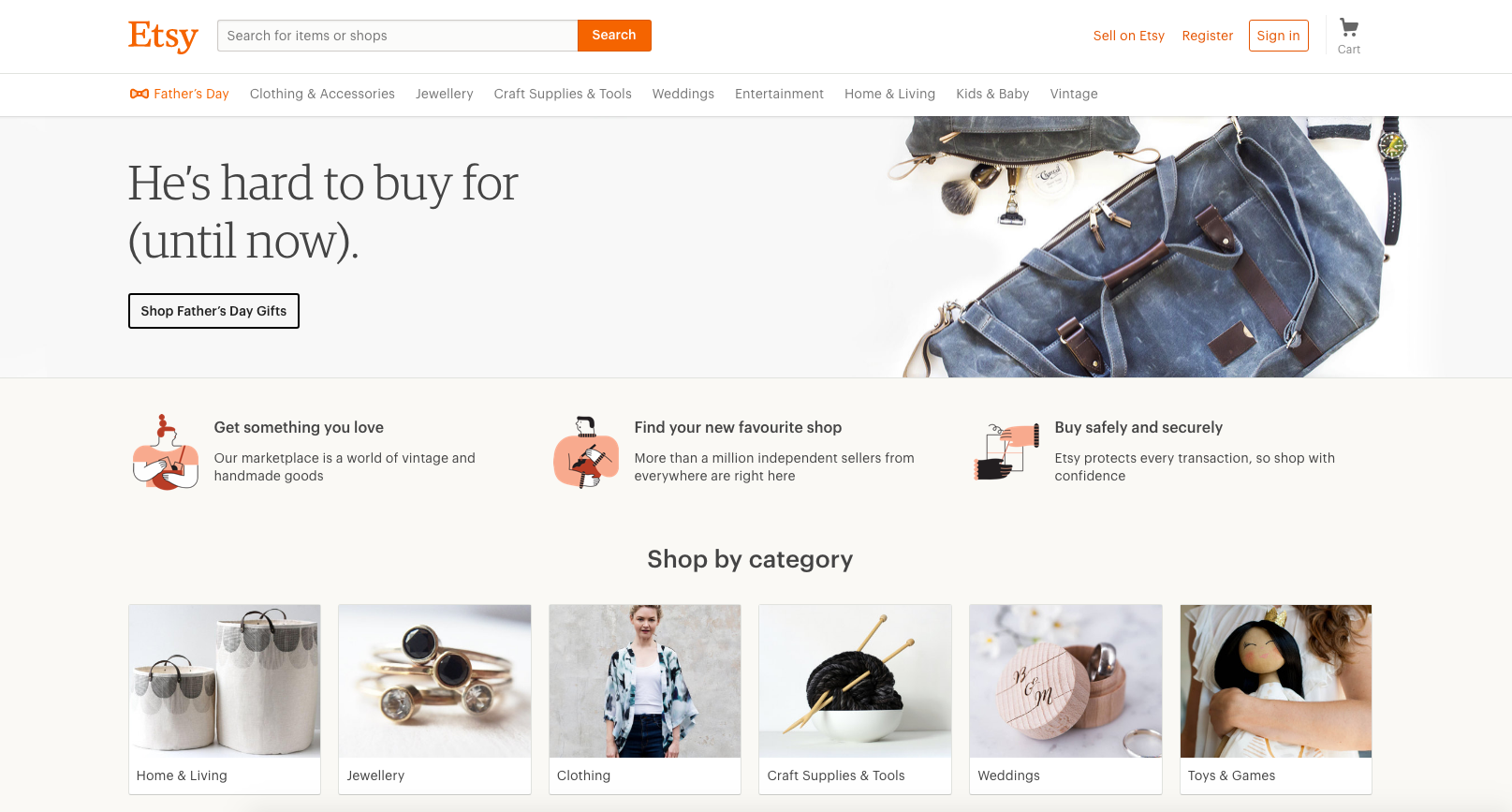
12. Encourage ownership
Serena Ngai, Shopify
"I lead a design team at Shopify focused on our third-party partner and developer ecosystem. At the beginning of the year, I realised that our usual process wasn’t working any more. Our ecosystem was rapidly growing and our UX team was trying to accomplish too much. We weren’t achieving the quality we expect at Shopify, and we didn’t have time to go deep into finding solutions.

"Our new process focuses on product themes: bringing together teams and projects that share similar goals and technical stacks so that each designer becomes an expert on a certain domain. This inspires a sense of ownership within the team, and empowers us to influence priority and scope of project. Most importantly, it also gives us time to focus so we can create experiences and quality we are truly proud of."
13. Don’t design alone
Malthe Sigurdsson, Stripe
"You should almost never design for or by yourself – you’re a sample size of one, you’re biased, and it’s a big world out there. This is doubly true for a product like Stripe, which is used by hundreds of thousands of businesses of all shapes and sizes, from cattle companies in Nebraska to app developers in Cairo.

"The solution is – as is often the case in life – communication. Talk early, talk often, and talk to a lot of your users. Obtaining a deep understanding of what they’re really trying to do will help you design a truly helpful product."
14. Adapt your approach
Nick Myers, Fitbit
"It’s hard to use just one approach across hardware and software with such a diverse set of features as at Fitbit. Designing for hardware requires rigorous planning and up-front design exploration over a long timeframe. If we’re designing feature updates or clearly defined new features, the process tends to be simple and straightforward and work within a standard agile approach.
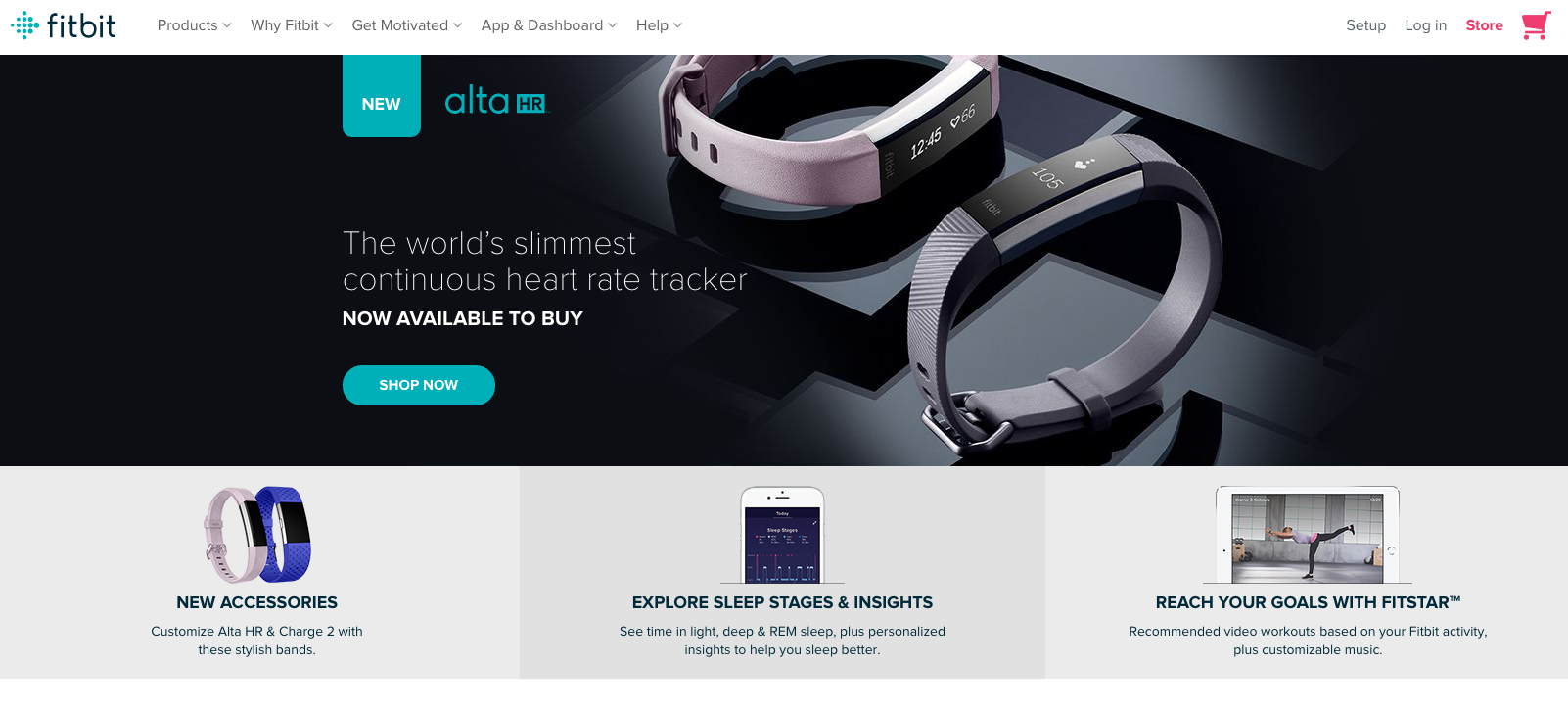
"Most fascinating are the features we design that are completely new and push us into the unknown. In these cases, I advocate we build-to-learn, as it’s very difficult to predict how design solutions will fare when people interact with them over a long period of time.
"Ultimately, we’re trying to help people live healthier, more active lives. Changing behaviour is complex, so the effectiveness of a design often doesn’t become clear until we see outcomes in the real world."
15. Keep consistent
Ashlie Ford, Twitter
"When a large group of designers is solving disparate challenges for an array of products, it’s no surprise that consistency becomes a challenge itself. To solve this, we’ve established a design system of reusable styles, components and patterns.
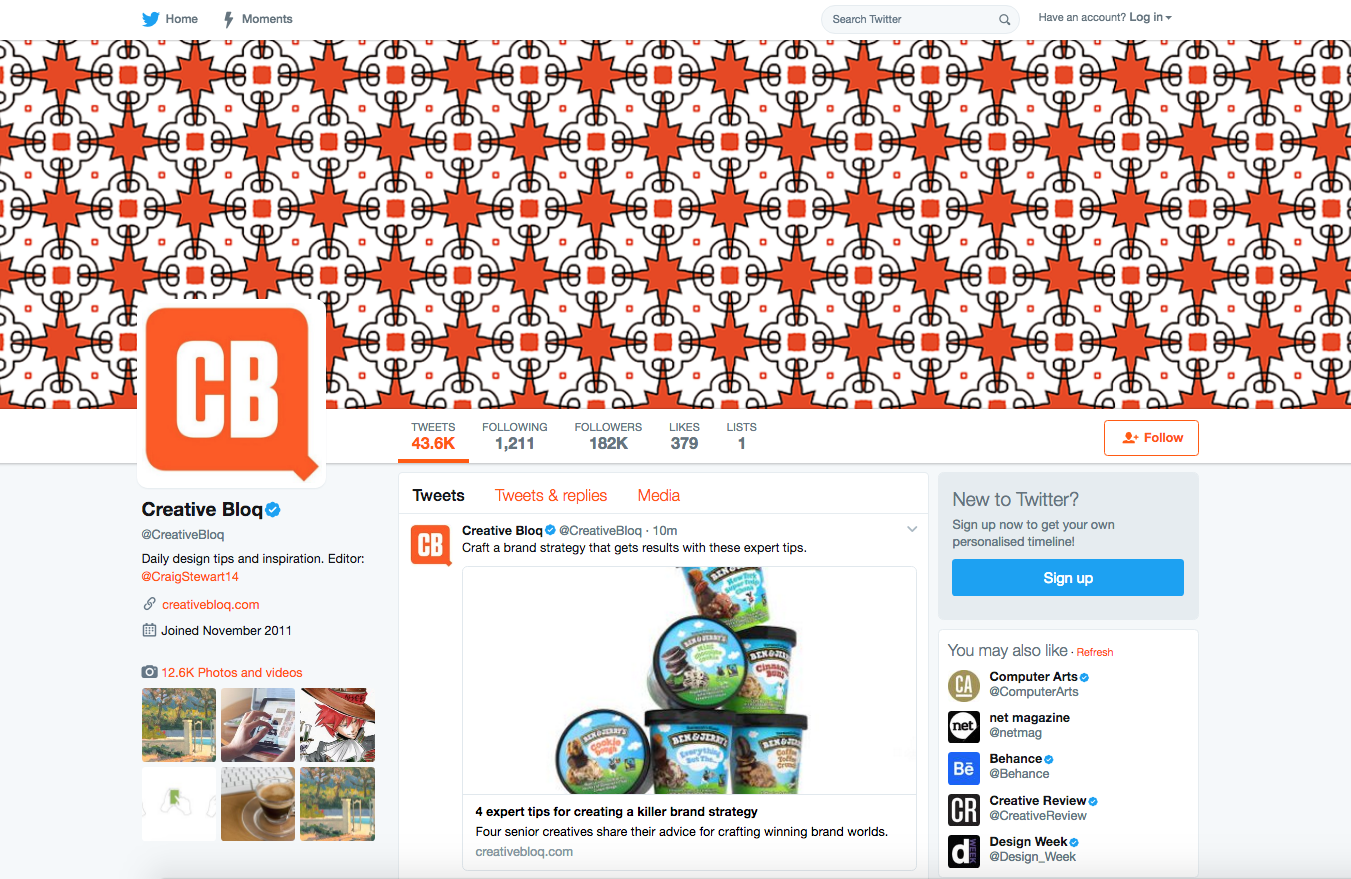
"The design system provides a shared vocabulary that helps teams seamlessly develop within the same product ecosystem and at a much more rapid pace than before. Since design and engineering develop system elements once, this lets teams spend more time on the user problem, rather than on the building blocks of the system."
Illustration: Elly Walton
This article originally appeared in net magazine issue 290; buy it here!
Related articles:
